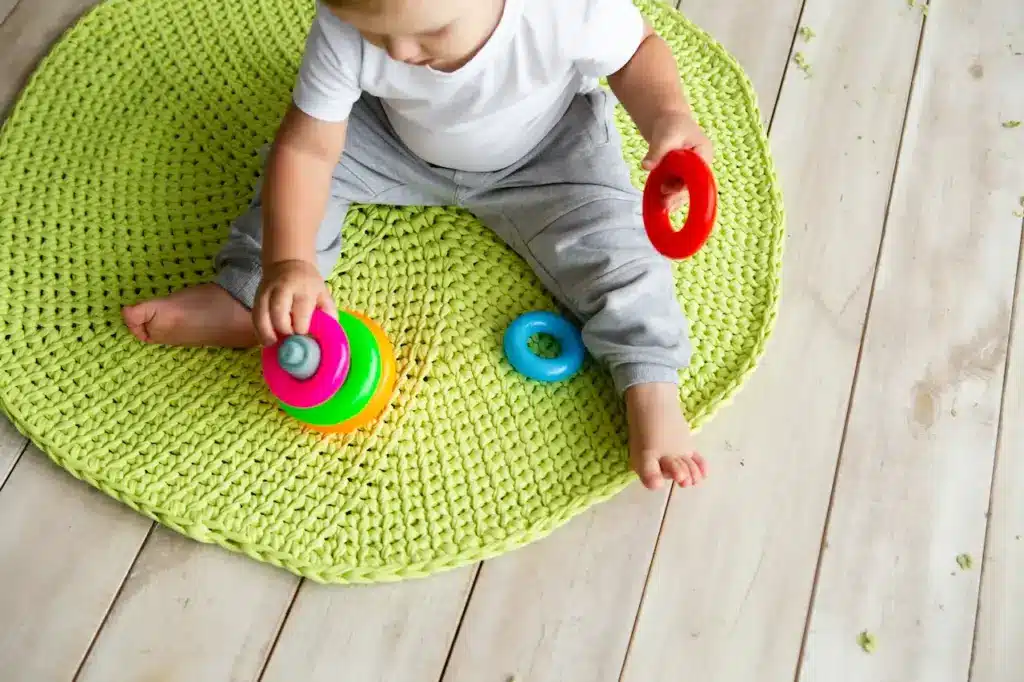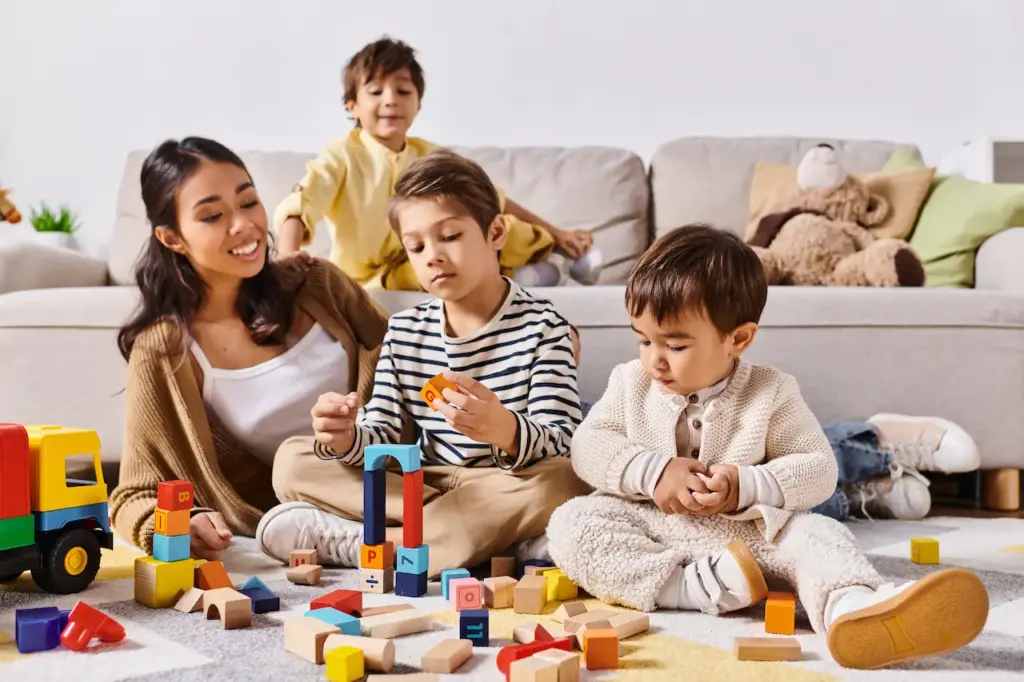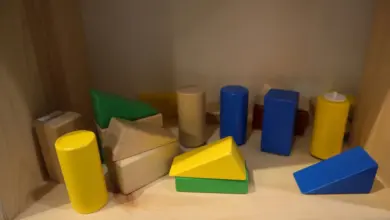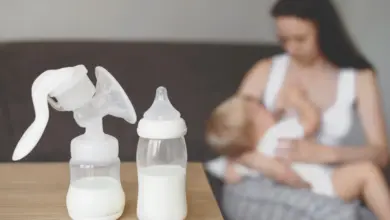WHY GUIDED PLAY IS THE SECRET TO PLAYTIME WITH YOUR KIDS
Sneak peek: How to use guided playing for maximum education and fun with your child
My son (age 2,5) said at the time, “Mom I want to play with a combine like the one from the farm book.”
In passing, I said, “Well we don’t own a toy combination”.
He was sad and didn’t know what to do. “Wait,” said I, “we can build one with Duplos.”
“Really?” He asked, not sure what I was saying.
I grabbed some Duplo blocks and began putting them together.

We had “combines” in no time. As I ran the block over the field of toy corn we already had, I made a “vroom”. It was a hit. It was easy to see his mind working as he figured out how he would play with the item. He kept it with him all day long, even in the vehicle. It was then that I realised the importance of directed play for toddler development.
You may wonder as a parent if the time you spend playing with puzzles and blocks with your child is helping them to learn. In an age where new high-tech toys appear on the shelves every day, it’s tempting to think “old-fashioned toys” like blocks and puzzles, are boring.
You may wonder whether this simple game of blocks is helping your child in an age when “everyone’s” sending their kids to academic preschools for phonics, addition and other skills.
Research shows that this is not the case. Researchers at Temple University conducted a recent study that showed children who play with blocks with an adult, developed a greater vocabulary. It is not surprising that spatial vocabulary is linked to better spatial abilities.
spatial skills are not just important for your child to become an engineer. They can also be useful in daily life. You know how important spatial skills are if you have ever attempted to assemble a piece of unassembled furniture.
This study focuses on the important role parents play when interacting with children through guided play. Children were divided into three groups to compare the results.
- “free play” using the blocks
with little help from adults
- A “preassembled play” in which the pieces were glued into a structure or
- “guided play”, in which adults assisted children to create a structure using graphic instructions
Children in the “guided play” group developed the most spatial vocabulary. The reason for this is that the children learn concepts such as “over” and under” by watching adults create the block structure with them.
What is guided play?
This study made me realize the importance of guided play, beyond the development of spatial abilities. Research has repeatedly shown that play-based learning is better suited to young children’s development capabilities than rote learning.
However, play-based learning doesn’t mean that children should do what they please all the time. Adult guidance can help kids learn and structure their play. It doesn’t necessarily mean that you should teach your child to play. But offering some ideas and a starting point can be helpful.

When I play with my boys, they often have an idea for something they would like to create or copy based on a video or book they’ve seen. But they don’t always know how to do it. When they share an idea, I help them find the right tools to make it happen.
Kids have a great imagination and can create almost anything with Legos. They usually play with their creations without much intervention from me once they get them.
It’s important to note that they are engaged because the play is based on interests. This is not some cute art project I like, but that they don’t care about. I’ve found that the best way to guide a play is by following their interests.
Playtime with Guided Play is Fun Again
Playtime is more fun for me when I can see them using their brains to create something new. When I don’t tell them to “play with their toys” or “turn the TV off and go outside”, I find that they have more fun. When I give them a spark and let them make up their game plan, the magic happens.
It can be difficult to determine their interests at times, but with some questioning, you will usually find out what they are:
- Do you have a child who has a favourite book or two?
- Do you have a child who has a favourite show on TV?
- Does he or she have a favourite toy, or topic (such as trains, dinosaurs or worms) right now?
Find out what they are interested in, and then help them to create, use, or experience that interest.
The Temple study has a lot to say about guided play. It’s not the blocks themselves that make a difference, but the guidance provided by adults and the vocabulary they use.
It may seem like an intimidating task to “guided play”, but you are simply returning to your childhood while helping your child explore his or her world.




